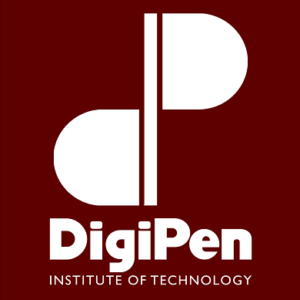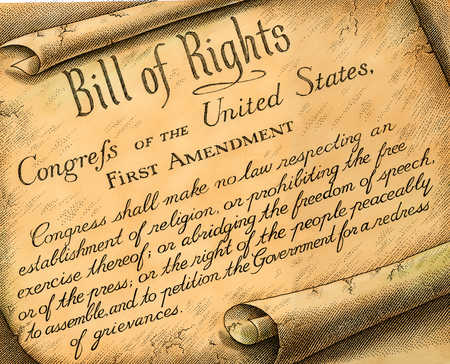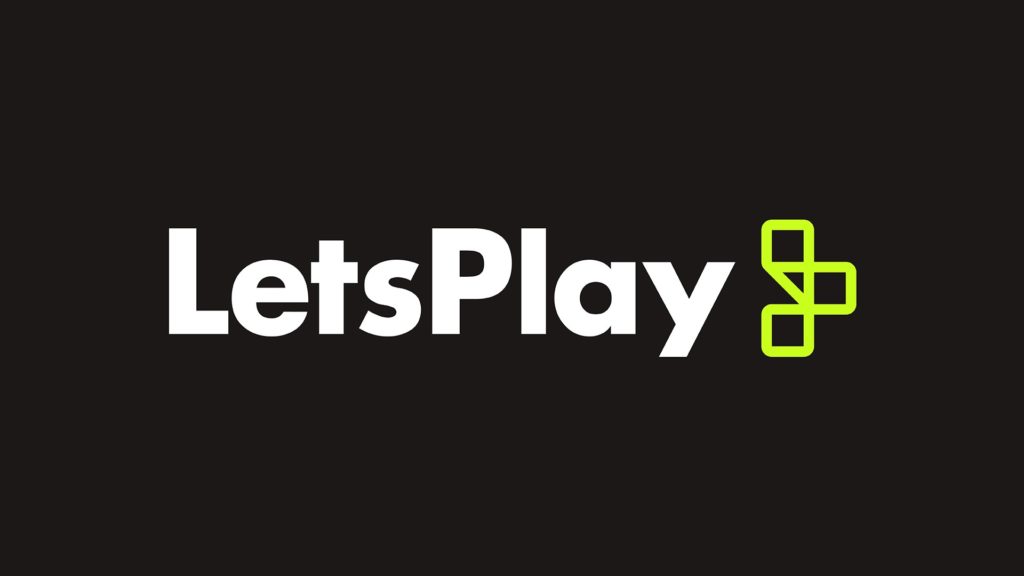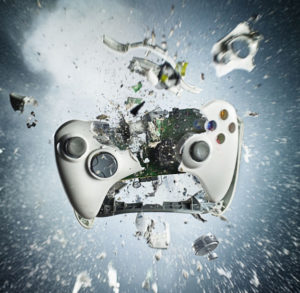
In academia, students traditionally retain intellectual property rights in their term papers, artwork, screenplays, and other creative works. An unsettling trend has developed, however, in those institutions that exclusively offer game development and game design programs.
These programs, such as those offered by DigiPen and similar schools, force students to assign to the institution all rights, titles, and interests in games created during the program.
For many students, the bitter realization that they will not own their work if they attend the program is a difficult pill to swallow. On the one hand, they want to attend one of the most highly regarded and accredited game design/development schools in the country. On the other, they want attribution and compensation for their work.
Why Institutions want Ownership
The institutions themselves believe they have the best interest of their students at heart. Claude Comair, President of DigiPen, has previously asserted that DigiPen’s Intellectual Property policy is for the students’ own good.
According to Mr. Comair, the institution is ill-equipped to determine who contributes to the hundreds of games developed through the school’s various programs. If students retain their IP, this could easily lead to legal disputes concerning credit and ownership down the road when those games obtain critical acclaim. If the institution retains ownership of the game this is no longer a problem; DigiPen does not and likely never will commercially exploit its students’ works.
The fact that DigiPen has a policy of not competing with the games industry and refuses to release any of the games produced within their program is a sure sign that this isn’t greed talking. It’s a matter of control. DigiPen’s first priority is job placement in the industry for its students. For the most part, its IP policy is a parallel to what most students will face in the real world.
There are additional factors indicating that this policy makes sense. In some cases it enables students to create things they otherwise couldn’t produce on their own. According to the USC/SCA (School of Cinematic Arts) Intellectual Property Policy, USC/SCA owns the “Student-Produced Works” that are produced with SCA funds, equipment, guild agreements and insurance.
This is without question in the students’ best interest. Securing guild agreements and insurance is an expensive and tedious process that many students are ill-equipped to handle. As these contracts are made with the institution, the institution must necessarily own the completed work. However, students retain rights to the “underlying script, idea, treatment, concept or other written work product related to any such audiovisual work.” Thus students are free to do whatever they want with their idea independently.
Similarly, DigiPen provides the software licenses and equipment needed to produce games within their program. It may therefore share a similar justification as the one presented by USC/SCA. In this case, the reasoning is two-fold: The commercial licenses for the programs and tools used to develop these games are expensive and prohibitive. Students may not be able to secure the commercial licenses they need to make the game they want. However, schools like DigiPen rely on non-commercial and student versions of these licenses.
Not only does this prohibit games using these licenses from commercial exploitation, but as these licenses are in the school’s name, the licensors may require that the school “own” the game. It becomes a balancing act between giving students creative ownership and giving students the tools they need to become effective game developers. And while DigiPen does not permit students to retain rights in their underlying script, idea, treatment, etc., this hasn’t stopped students from reproducing future games that rely on the same game mechanics.
Finding a Balance
So are these institutions in the right? Is DigiPen merely protecting its students by asserting its rightful stake in the project? Perhaps, but it’s taken it to a fascist dimension and is, for the most part, avoidable. As mentioned above, IP policies like the one presented by USC permit students to retain ownership in the underlying work. If a dispute arises concerning future uses of the underlying rights, those disputes will naturally arise in the future and without USC’s involvement.
This is one solution DigiPen and similar game schools could and should consider when examining its own IP policies. Even if the institution itself does not want to compete with the games industry, it has no right to prohibit its alumni from competing once they’ve completed (or quit) the program.
There are other solutions that could give students 100% ownership as they work through the school’s program, should these schools choose to embrace the policies frequently adopted by the rest of Academia:
1. IP Education. Providing students with an understanding of intellectual property rights generally and infringement specifically will hopefully prevent future foibles. Game development programs should provide at least one mandatory legal/IP course. This could be a semester-long course or a week long “orientation” program that discusses idea theft, intellectual property infringement (including patent and trademark infringement), copyright ownership, plagiarism, attribution, and the school’s policy concerning idea theft and copyright infringement.
2. IP Enforcement. Every institution in higher education takes plagiarism seriously. Students can and have failed courses and have even been expelled for stealing another person’s work. Disciplinary measures for idea theft are one of the most stringent among most colleges and universities. This should also hold true in game development programs. While this does not curb the practice entirely, it certainly provides students with incentive to stick to their own ideas.
3. IP Ownership. Each team member in a project should own an equal undivided interest in the work. Additionally, each team member may own 100 percent of their contribution to the work. No matter how the ownership structure is determined, contributors should be documented and attributed throughout the game’s development. This can be managed by an advisor or a senior-student/project lead. Prior to the release or exhibition of a game the game credits should be well established and confirmed. If this isn’t already an existing practice at schools like DigiPen, it should be. Additionally, prior to exhibition or release of a game the school should prepare a copyright application designating who owns what; this can be funded by the students or by the institution as appropriate.
4. Dispute Resolution. One of the concerns Comair mentioned involved ownership disputes and possible legal claims. Rarely should a dispute concerning games developed in an academic setting ever see the inside of a court room. If a game is the subject of a legal dispute, it should have nothing to do with the institution itself. Most academic institutions have ethics committees or judiciary committees that will reach their own determination as to claims of idea theft and intellectual property infringement. This same technique can be used to determine whether students deserve credit or should be disciplined.
5. Licensing. This should be fairly straightforward; prior to the release or distribution of any game, students should be required to obtain the requisite commercial licenses for their games at their sole expense (or at the expense of an interested publisher). Once a student elects to release their game, they are responsible for that game and DigiPen should rightfully disclaim all liability, rights and interests in the final product. However, DigiPen may elect to retain a non-exclusive, perpetual, and royalty-free license to reproduce and display the work for instructional and academic purposes.
Conclusion
Having policies and procedures in place to resolve disputes and discipline those who commit idea theft is the responsibility of any academic institution. DigiPen and other institutions with similar IP policies undoubtedly have their own, but for whatever reason have determined that those current infrastructures are ill-suited to manage such disputes. This is aggravated by the increased risk created by the commercial value of games, which may encourage students to litigate for monetary reasons as opposed to moral ones.
Regardless of the reasoning behind institution ownership, students should still own their work. Despite the problems arising from student ownership, these issues can be addressed without creating a significant burden to the school—at the very least the burdens are no more significant than those experienced by most universities. A Graduate Student preparing to publish her dissertation at Harvard doesn’t worry about whether Harvard’s going to prevent her from doing so because she used their library to conduct her research. Traditional Academia has centuries of experience handling intellectual property and attribution disputes. These lessons should be passed on to this “new” art form.





0 Comments